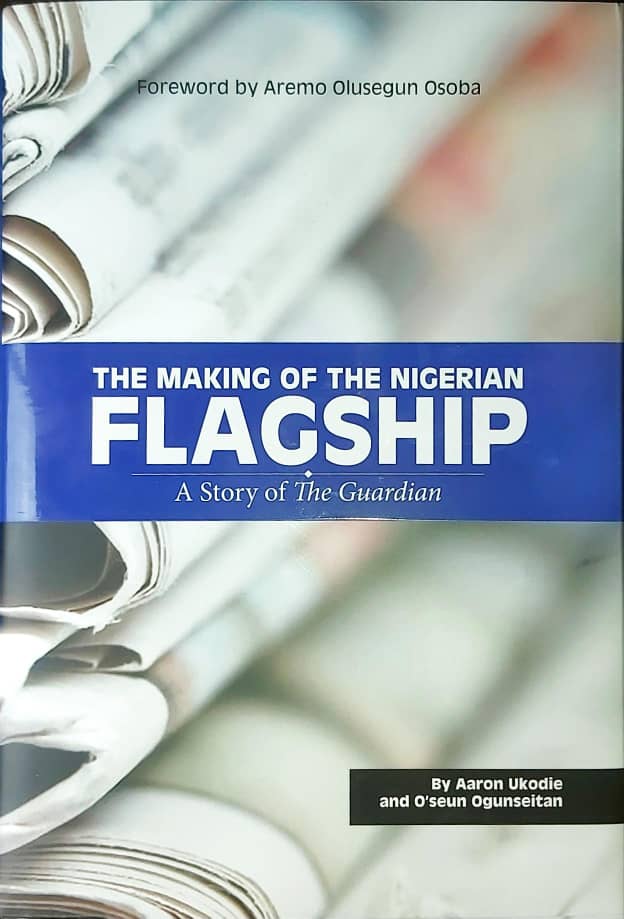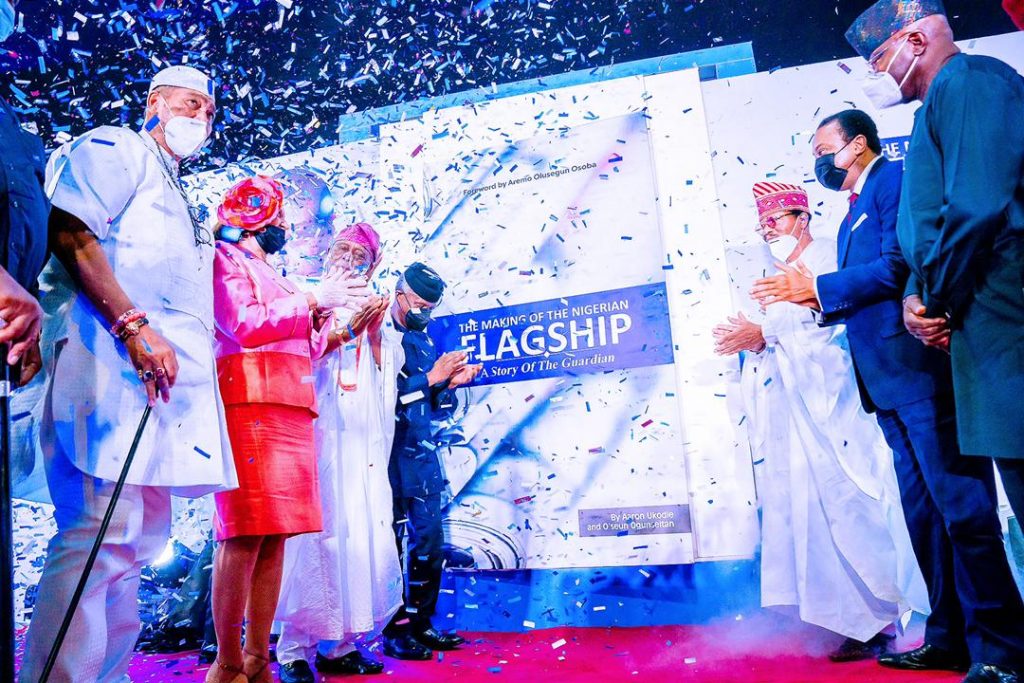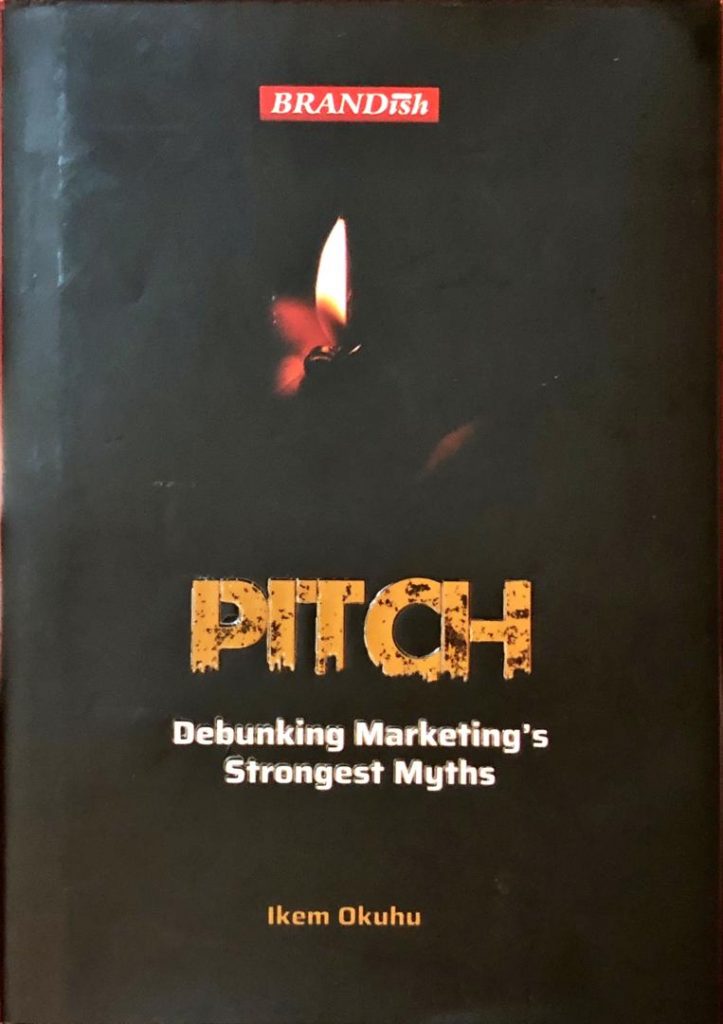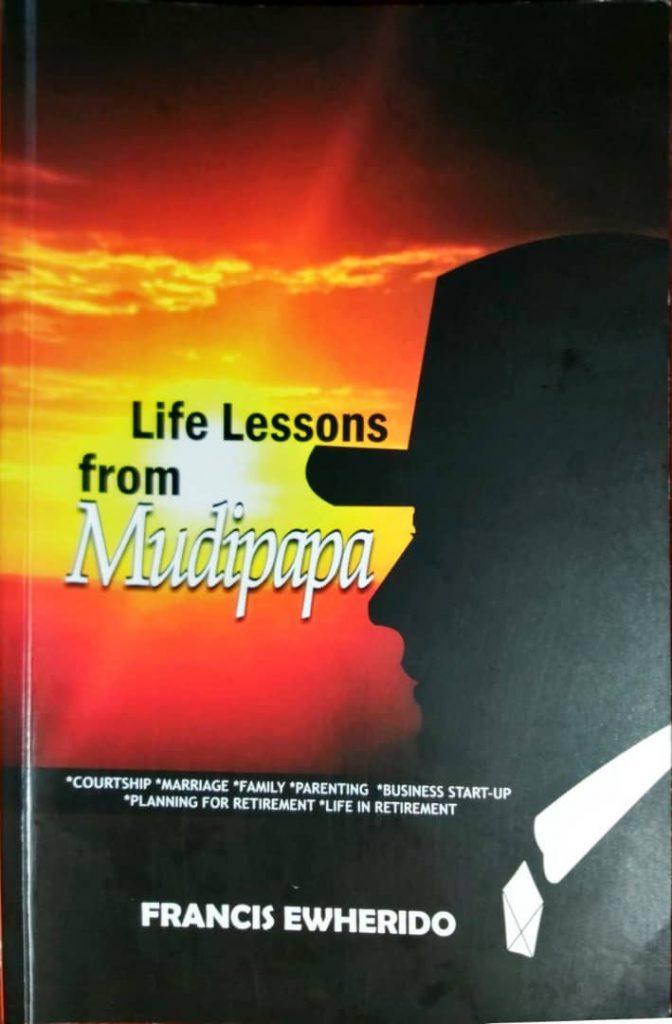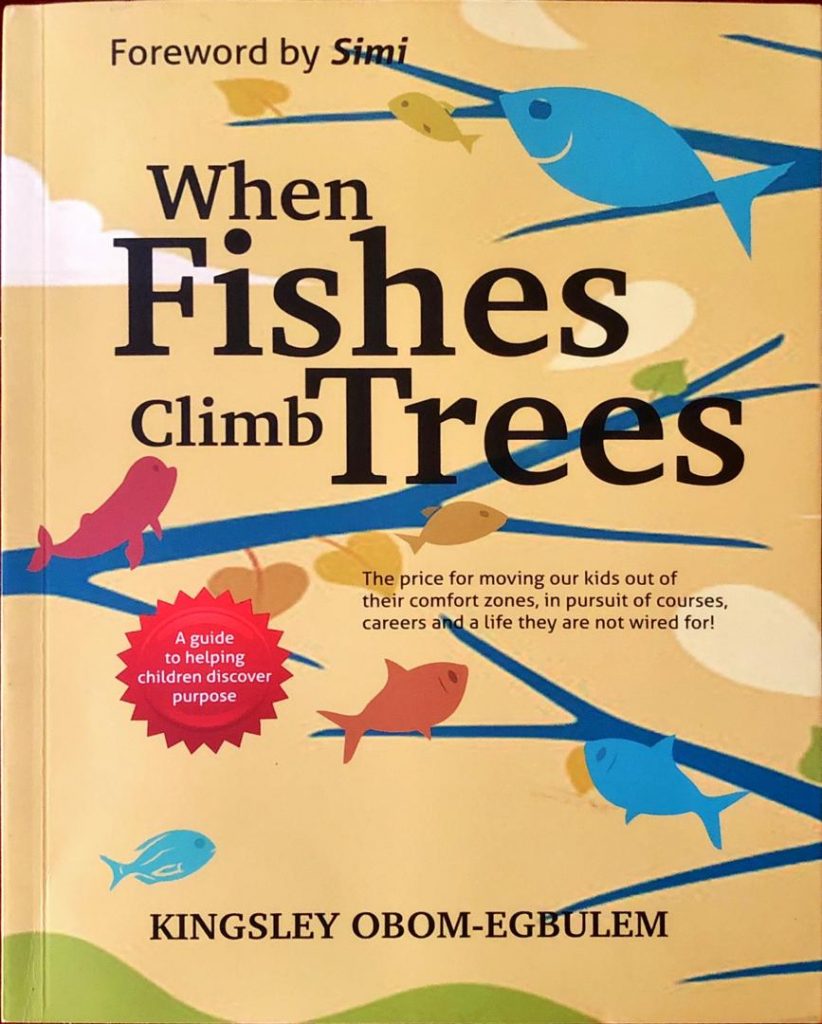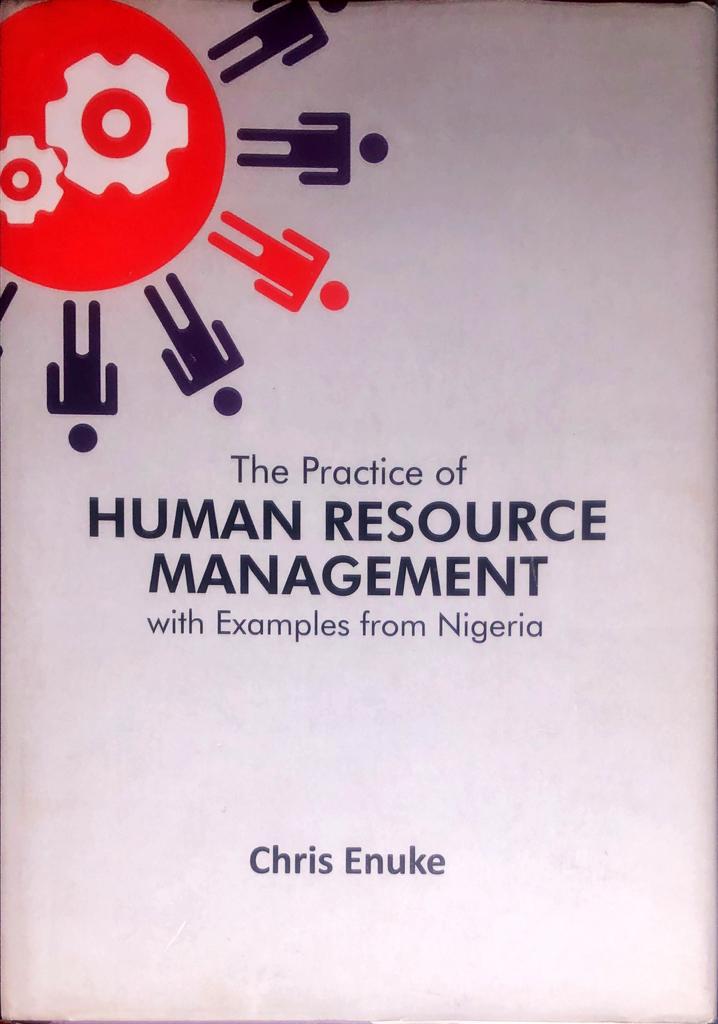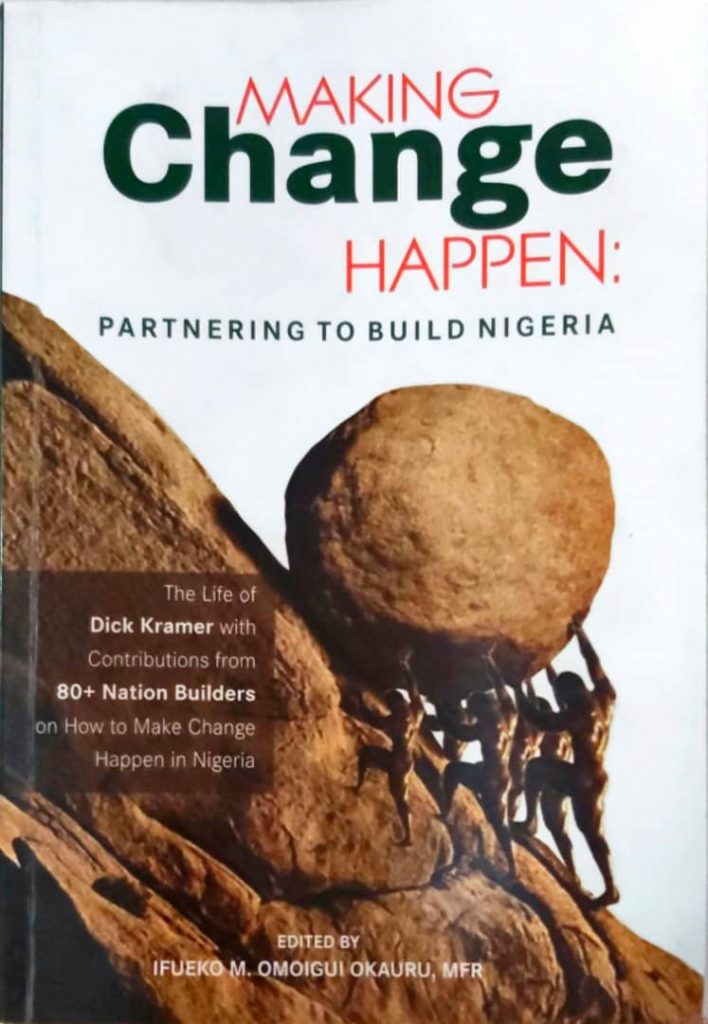[vc_row][vc_column][vc_column_text]Award-winning TEDA School at Eke-Owerri, Obingwa in Abia State has introduced more practical courses and equipment to boost the curriculum for students as it prepares for the 2022/2023 academic session.
“In addition to our well-equipped Cultural and Creative Arts Studio (CCA), TEDA has introduced music classes powered by Kharismates Music Academy, Nigeria, where students are taught how to sing and play different musical instruments such as violin, cello, saxophone, keyboard, guitar and more”, said Dr Godson Dinneya, founder and proprietor.
TEDA has also introduced and equipped an Information and Communication Technology workshop to add to the six workshops it has for technical subjects. It now offers Phone and Computer Maintenance (PCM) classes “designed to empower the students in ICT-based entrepreneurship and self-reliance after secondary school.”
Five well-equipped workshops offer practical experience in automotive technology, woodwork, metalwork, electrical and electronics, and more.
TEDA also offers Early Science Education for its junior school students. It offers JSS1-3 students “the opportunity to discover their true potential early” by exposing them to Basic Chemistry, Physics, Biology, Economics and Further Mathematics. Dinneya asserts that “this is in line with international standard and to groom them to rule their world at an early age.”[/vc_column_text][vc_gallery interval=”5″ images=”2159,2158,2156,2155,2157,2161,2160,2153,2154,2152″ img_size=”medium”][vc_column_text]The Total Education Development Academy (TEDA) emerged Best School in Junior Science in the International Olympiad Competition in 2019/2020. Its students placed first, third, fourth, fifth and seventh out of the best ten.
TEDA also won overall first and third position in junior sciences and Best Girl in Junior Sciences (Queen of the Junior Sciences).
The Abia State Ministry of Education named TEDA the best government-approved Junior Secondary School for 2020/2021 and the second position among Government-approved Senior Secondary Schools in the state.
Significantly, TEDA was the best overall school in the Senior School Certificate examination by WAEC in 2020 for producing the best aggregate result.
Over 800 students are enrolled with full boarding at TEDA. It has since the pandemic and the economic crunch welcomed many students from overseas whose parents send them to Nigeria for acculturation without fear of losing standards.
TEDA School is one of Abia State and South East’s leading secondary schools. Its founder lamented the absence of an enabling environment for first-rate performance in public schools in the country.
Dr Godson Dinneya, an economist and educationist, noted that the environmental issues concern the state of facilities and remuneration for instructors. Dinneya’s Total Education Development Academy (TEDA) contributes to solving the problem by ensuring an enabling environment conducive to all players in the system and offering scholarships to four categories of students.
TEDA offers fee rebates for academic brilliance, staff children, children of Christian ministers regardless of denomination, widows’ children and the third sibling in a row.
Dinneya said 12 per cent of the school’s population are in one form of scholarship or the other. Those on Academic Excellence pay only 50% of the fees same as staff children. A pastor’s child qualifies for 25 per cent rebate, a third sibling gets a 20 per cent rebate while children of widows also get 20 per cent rebates on the fees.
=ENDS=
[/vc_column_text][/vc_column][/vc_row]


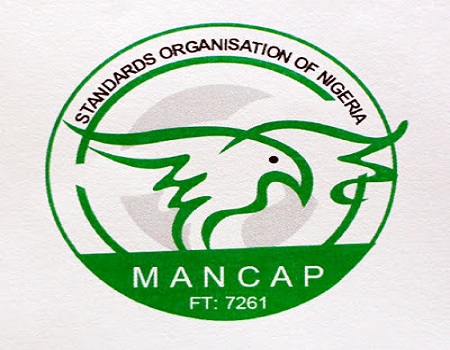
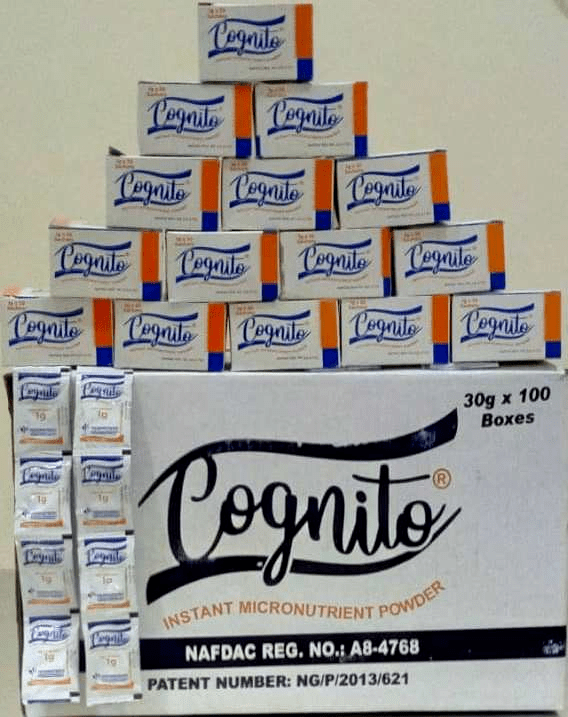
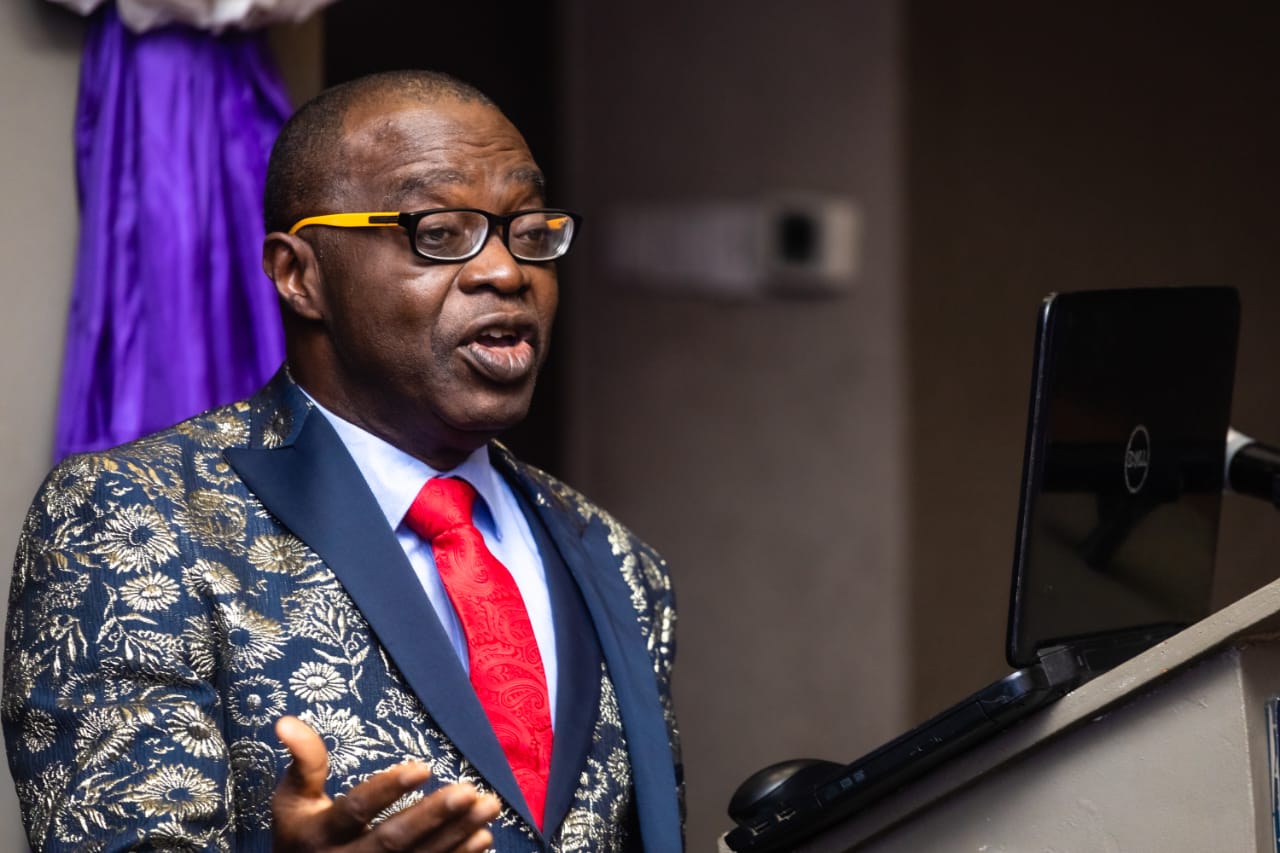
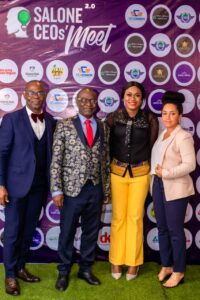 Noting Sierra Leone’s relatively compact population and environmental serenity, Nwakanma submitted that the country has yet to leverage the history of Fourah Bay College as the first university-level institution in Africa. He noted, “Africa longs for higher education. They go to institutions with history and tradition. What is holding back Fourah Bay College, Africa’s first higher education institution in modern times?”
Noting Sierra Leone’s relatively compact population and environmental serenity, Nwakanma submitted that the country has yet to leverage the history of Fourah Bay College as the first university-level institution in Africa. He noted, “Africa longs for higher education. They go to institutions with history and tradition. What is holding back Fourah Bay College, Africa’s first higher education institution in modern times?”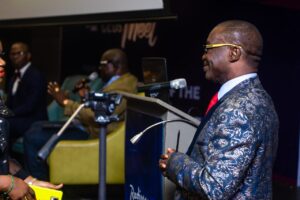 Nwakanma is the president of the Nigerian chapter of the International Association of Business Communicators (IABC) and a former president of the Public Relations Consultants Association of Nigeria. He also teaches as an Adjunct Faculty of the School of Media & Communication, Pan Atlantic University in Lagos, Nigeria.
Nwakanma is the president of the Nigerian chapter of the International Association of Business Communicators (IABC) and a former president of the Public Relations Consultants Association of Nigeria. He also teaches as an Adjunct Faculty of the School of Media & Communication, Pan Atlantic University in Lagos, Nigeria.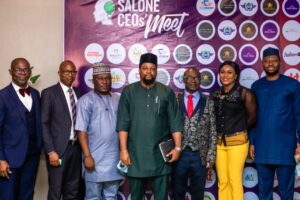 CEO Maraya Mushka Conteh said the Salone CEO’s Meet is a platform for exploring ideas and strategies for the country’s development.
CEO Maraya Mushka Conteh said the Salone CEO’s Meet is a platform for exploring ideas and strategies for the country’s development. 
